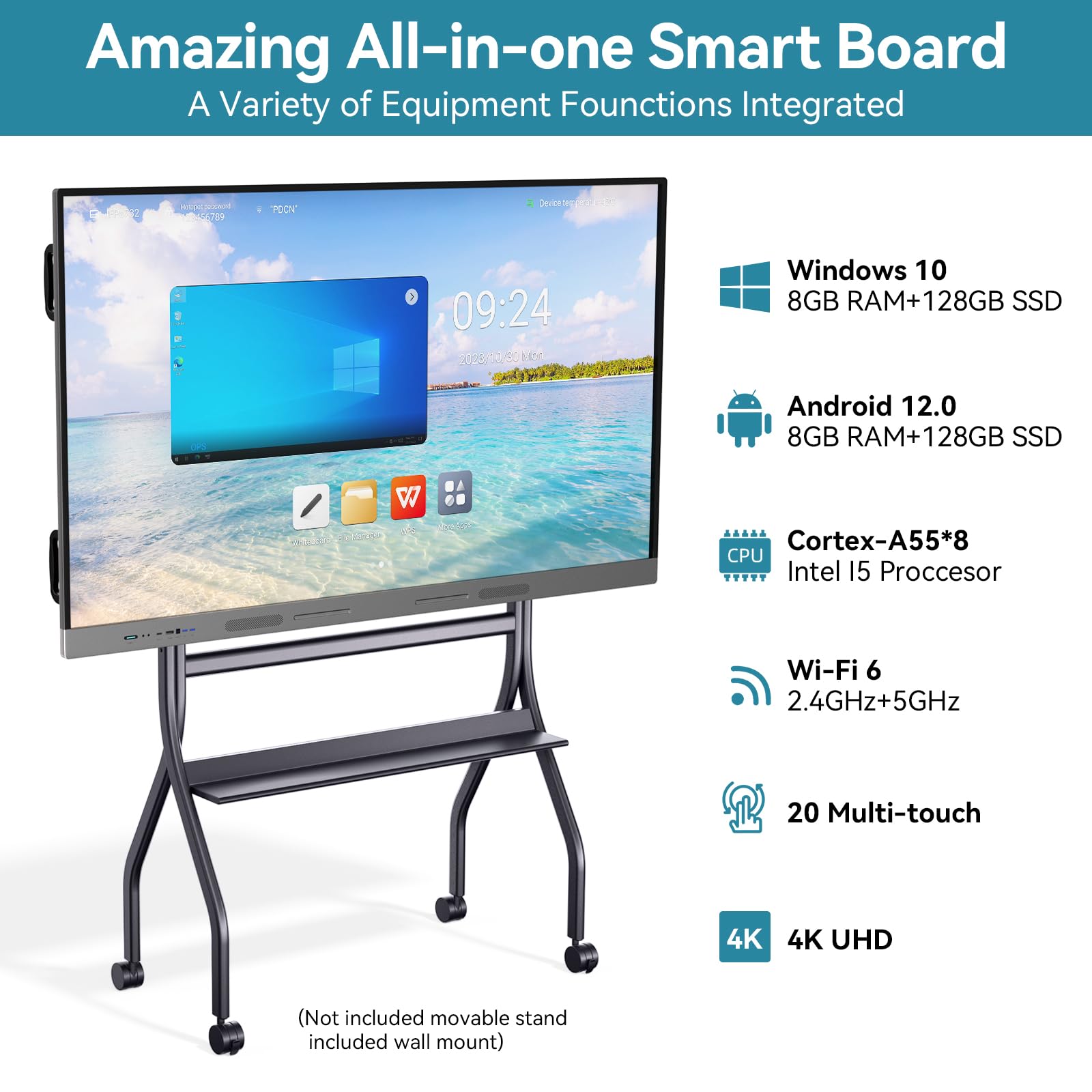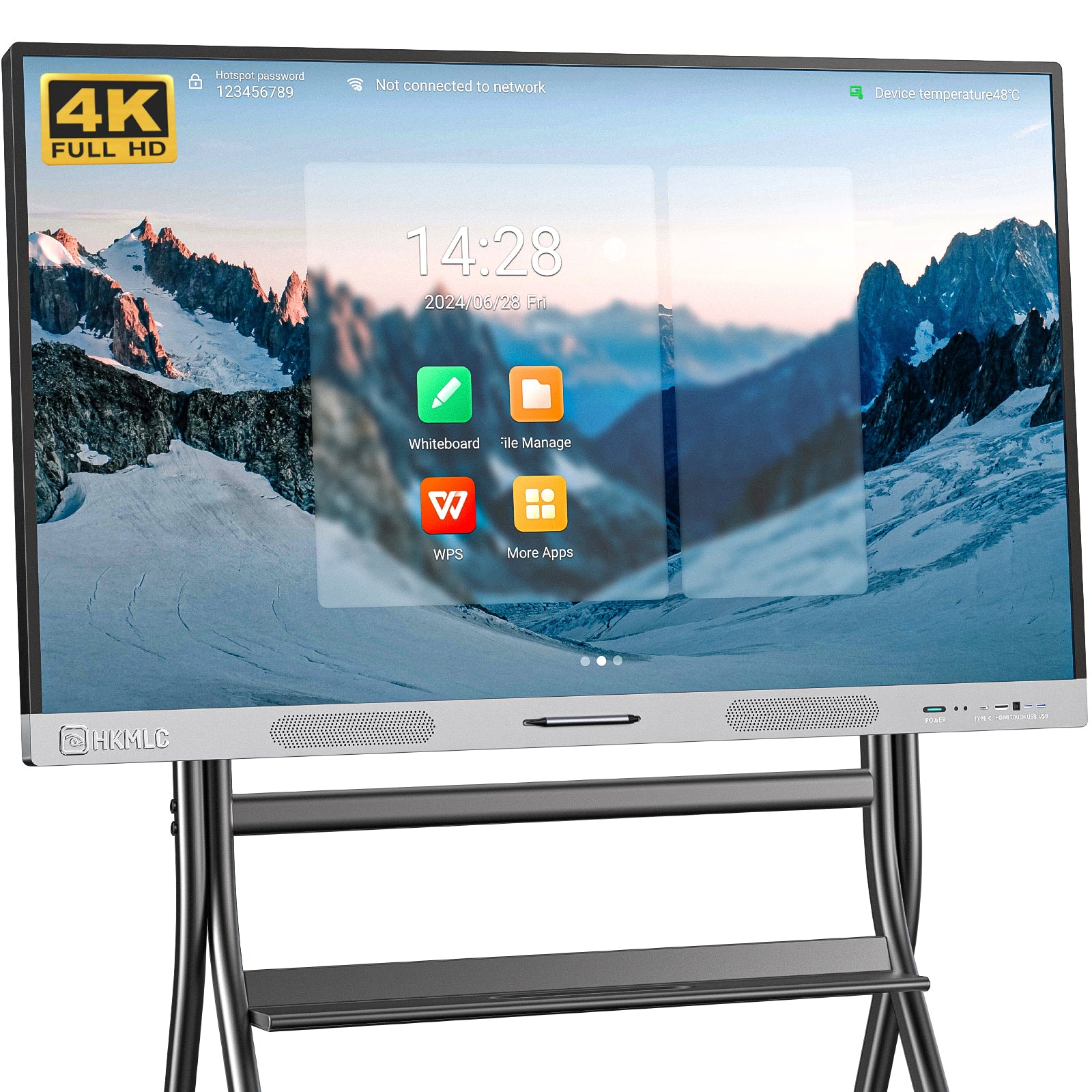Most decisions, personal or professional, are based on weighing the pros and cons of an issue. In a complex world, where few choices are exclusively black and white, such a pros and cons list can be an invaluable tool. This very simple but effective approach simplifies the decision-making process by laying out possible benefits and drawbacks for better and more balanced judgment.
In this article, we are going to take a look at what a pro and con list is, how it works, its benefits, and how one can effectively create such a list. These guidelines are essential in the decision-making process and will provide you with clarity when identifying the best choice.
What Is a Pros and Cons List?
A pros and cons list is a basic method of weighing a decision by writing down its positive aspects, or pros, and negative aspects, or cons. It lets the decision-maker see in concrete form what they're gaining and giving up when choosing between options, providing a balanced perspective. The list is used for both personal and professional decision-making due to its straightforward, logical way to consider possible outcomes.
This tool is particularly helpful when you have to make tough choices involving trade-offs. Instead of making snap decisions based on emotions or limited information, a pro con list allows you to visualize both sides and make an objective choice.
How Does a Pros and Cons List Work?
To create a pros and cons list, you first describe the decision or situation you face. Then, divide the page or screen into two columns: one for the pros (benefits) and one for the cons (drawbacks).
For each alternative, list the potential positive and negative consequences. This method helps paint a more comprehensive picture of what the outcomes might look like. The side with the more significant or heavier points typically guides you toward the best choice.
What Do Pros and Cons Lists Help With?
From personal decisions, such as relocating to a new city, to business decisions, such as launching a new product, the pros and cons list can apply to just about any decision-making scenario. This tool helps outline all the angles of consideration, ensuring that nothing important is overlooked in the decision-making process.
Here are some examples of when you could use a pro list:
- Deciding whether to take a job in another city
- Weighing the pros and cons of continuing education or training
- Choosing whether to buy a new car or repair your current vehicle
- Deciding if new business software is necessary, or if existing systems should continue to be used
Benefits of Using a Pros and Cons List
A pros and cons analysis offers the following key advantages:
- Rigor in Decision-Making
A pros and cons list instills rigor in the decision-making process. It forces you to carefully evaluate every aspect of your decision. Taking the time to list all possible positive and negative consequences minimizes the scope for overlooking details. It helps you weigh the decision from multiple points of view, leading to more informed conclusions.
- Emotional Detachment
Life and business decisions often involve strong emotions. A pro con list provides a way to distance yourself emotionally from the decision. By focusing on the logical outcomes rather than emotional reactions, you tend to make more objective decisions. Psychologists refer to this as a "self-distanced perspective," where the decision seems like an external problem to solve rather than an emotionally charged situation.
- Ease and Accessibility
One of the best parts about a pros and cons list is its simplicity. There's no experience or special materials required. Whether you use pen and paper, a whiteboard, or a digital tool, it's an intuitive way to visualize tough choices. It provides a framework that is easy to use and accessible to anyone.
How to Make a Pros and Cons List
Step 1: Generate Your Template
First, you want to create an outline for your pro list. The easiest design is a T-chart: draw a horizontal line across the page and a vertical line down the middle. Label the left side "Pros" and the right side "Cons." This gives you a clear visual of both the positive and negative sides of your decision.
Step 2: Enumerate the Pros
Begin by listing the pros that could result from your decision. What can you gain? Consider both short- and long-term benefits. These could be related to money, personal satisfaction, career enhancement, or any other aspect that aligns with your values. Be as specific as possible when listing.
Here are a few questions to consider when listing the pros:
- What are the major positives of this decision?
- How does this decision benefit me or others?
- Will this provide any advantages to my career, finances, or personal life?
- What new opportunities might arise from this choice?
Step 3: Identify the Cons
Now, list the possible disadvantages or risks. Think about what could go wrong, what challenges might arise, or what downsides might occur. Once again, try to be specific and assess potential outcomes for both the near and distant future.
For identifying the cons, ask yourself:
- What could go wrong with this decision?
- What sacrifices will I have to make?
- How might this decision negatively impact myself or others?
- Does it involve any financial risk or potential loss?
Step 4: Incorporate Third-Party Contributions
Decision-making often involves considering how your choices affect others. Add a section to your pro con list that accounts for third-party input—this could be from family members, colleagues, or other stakeholders. Think about their potential reactions and how the decision might impact them, either positively or negatively.
Step 5: Analyze the List
Once you have filled out both columns, step back and look at the list. Which side carries more weight? Are there certain points that are deal-breakers, even if they appear on the side with fewer items? Consider the significance of each pro and con, not just the number in each column.
Step 6: Make Your Decision
After analyzing the pros and cons, it's time to make your decision. While the list may not offer a perfect solution, it helps clarify what's most important to you and directs your decision-making process. You should now have a clearer sense of which outcome is likely to benefit you the most.
Sample of a Pros and Cons List
To illustrate how this works, consider that you're trying to decide whether to buy a new car.
Pros:
- Enhanced safety features
- Better fuel efficiency
- More room for family trips
Cons:
- High upfront cost
- Increased insurance premiums
- Current vehicle still serves local transportation needs well
In this scenario, the decision may come down to whether the financial investment is worth the safety and efficiency improvements. The pros and cons list provides a balanced view, helping you make a more informed and thoughtful decision.
A pros and cons list is a simple but powerful tool for making better decisions in both personal and professional contexts. By breaking down a decision into its positive and negative aspects, you can see the situation more clearly and make an informed choice. The intuitive design and ease of use make it accessible to everyone, offering a structured way to weigh options.
The next time you're faced with a difficult decision, try using a pro con list—it might just be the key to unlocking your best possible solution.
Maximize Your Decision-Making with HKMLC Smartboard
In a world where making informed decisions is crucial, why not equip yourself with the best tools? The HKMLC Smartboard Interactive Whiteboard is your perfect partner in navigating complex choices with ease and precision.
Why HKMLC Smartboard?
- Visualize Decisions: Utilize the expansive 55-inch display to lay out your pros and cons lists in stunning clarity, making it easier to visualize the outcomes of your decisions.
- Interactive Features: Engage with your decision-making process hands-on. The smartboard’s touch-sensitive surface allows you to add, remove, or modify items on your pros and cons lists simply by touching the screen.
- Collaborative Decision-Making: With real-time connectivity and sharing features, the HKMLC Smartboard lets you collaborate with team members, whether they're in the same room or across the globe. Get immediate feedback and make decisions that are informed by collective insight.
- Save and Share: Easily save your decision-making sessions and share them with stakeholders. The HKMLC Smartboard supports digital storage, so you can revisit your decisions anytime and ensure that every detail is accounted for.
Take Control of Your Decisions Whether you're in a corporate boardroom or a classroom, the HKMLC Smartboard elevates your ability to make well-informed decisions. By integrating this advanced technology into your workflow, you ensure that every choice, big or small, is made with the utmost clarity and confidence.
Click here to learn more and elevate your decision-making with HKMLC Smartboard.
Embrace a new standard of making decisions with the HKMLC Smartboard—where technology meets clarity.






















